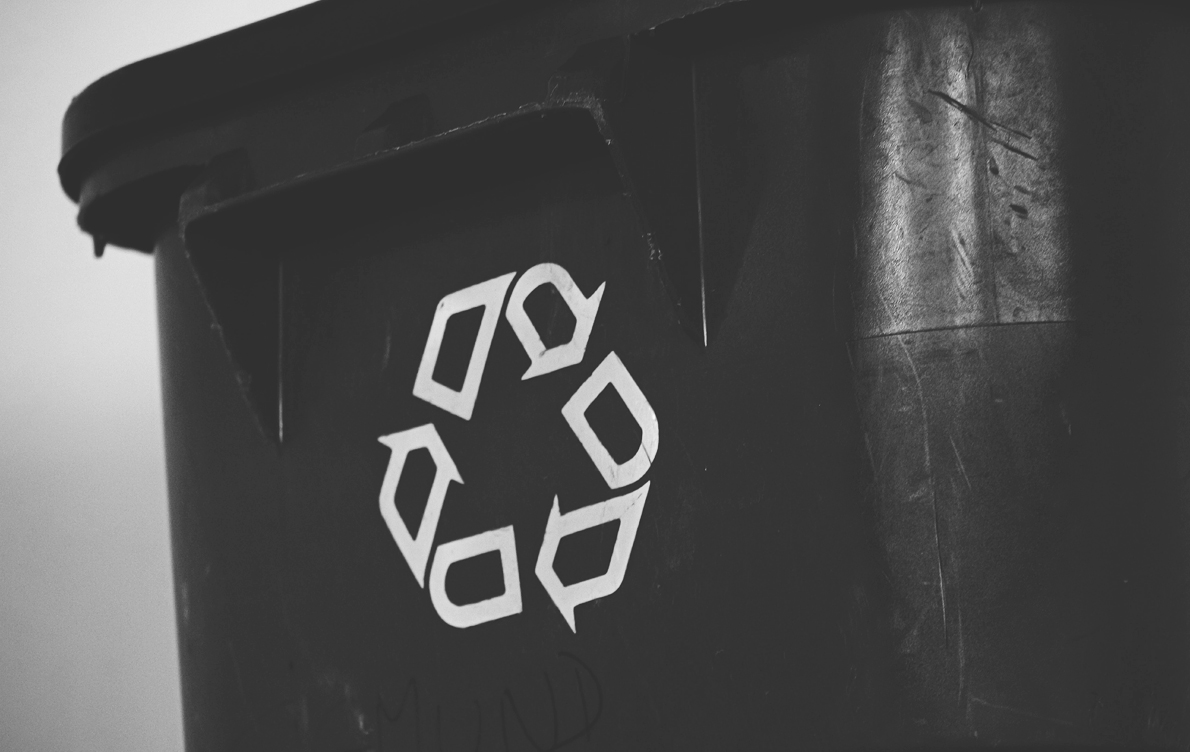Change is in the Air – NJDEP Updates its Vapor Intrusion Guidance
The NJDEP has updated its vapor intrusion screening levels for the first time since 2007. The new screening levels, effective as of January 16, 2013, were developed using risk-based information developed by the USEPA.
Volatile organic contaminants in soil and groundwater can migrate upward through floor slabs and basements into the indoor air. In recent years, NJDEP has focused much attention on the potential risks to building occupants posed by such so-called “vapor intrusion.” Depending on the levels of volatile contaminants in the subsurface and in the indoor air, parties responsible to clean up impacted properties may be required to take action to monitor or mitigate the vapor intrusion pathway. At high enough levels, vapor intrusion rises to the level of an “immediate environmental concern” for which specific, rapid action is required.
NJDEP’s new screening levels could result in significant changes to cleanups already in progress, as well as future cleanups. For some contaminants, the screening level has become much less stringent – for example, the groundwater screening level for a common cleaning solvent, tetrachloroethene (“PCE”), has increased from 1 part per billion to 31 parts per billion. Other screening levels have become more stringent. Two new compounds, naphthalene and 2-methylnaphthalene, were added to the screening level tables.
NJDEP has issued a flow chart to guide implementation of the new vapor intrusion screening levels:
- For all new cases initiated after January 16, 2013, the new screening levels apply.
- For cases closed prior to January 16, 2013 with an unrestricted use final remediation document, no further investigation of the vapor intrusion pathway is required.
- For cases closed prior to January 16, 2013 with a restricted use final remediation document, the vapor intrusion pathway must be reevaluated as part of the biennial certification using an “order of magnitude” analysis.
- For cases in which a Remedial Action Workplan for groundwater was issued before January 16, 2013, the existing data must be reevaluated using an “order of magnitude” analysis.
- For all other cases, the investigator has until April 16, 2013 to evaluate site conditions using the new vapor intrusion screening levels. After this review, the cleanup must proceed following applicable rules, using the new screening levels.
Details of the new guidance can be found on NJDEP’s website.
As the law continues to evolve on these matters, please note that this article is current as of date and time of publication and may not reflect subsequent developments. The content and interpretation of the issues addressed herein is subject to change. Cole Schotz P.C. disclaims any and all liability with respect to actions taken or not taken based on any or all of the contents of this publication to the fullest extent permitted by law. This is for general informational purposes and does not constitute legal advice or create an attorney-client relationship. Do not act or refrain from acting upon the information contained in this publication without obtaining legal, financial and tax advice. For further information, please do not hesitate to reach out to your firm contact or to any of the attorneys listed in this publication.
Join Our Mailing List
Stay up to date with the latest insights, events, and more





